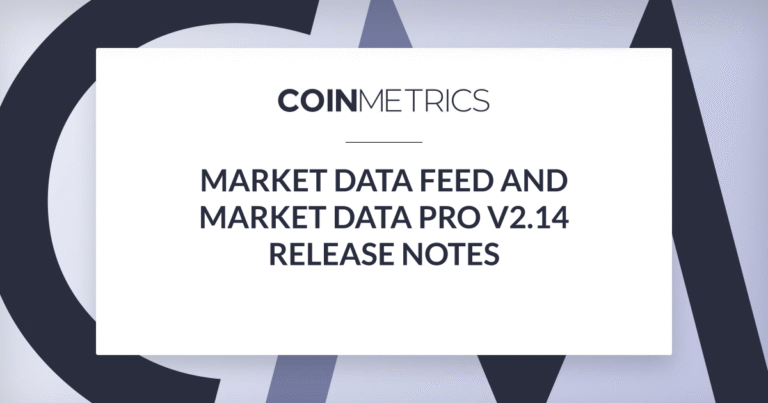Coin Metrics continues to expand our market metrics with the introduction of Realized Volatility. Our Realized Volatility metrics are available for over 550 cryptoassets (matching our Reference Rate coverage) and are measured as the standard deviation of the natural log of returns calculated every 10 minutes for a rolling 24 hour window, 7 day window and 30 day window. Realized volatility is sometimes referred to as historical volatility as it measures past volatility. It can be used to adjust risk parameters like collateralization ratios.
Our Realized Volatility metrics are calculated using the close-to-close method, as this is optimal for continuous markets and is widely accepted across financial literature. For this calculation we use the population mean with zero drift, meaning the formula reduces to:

Where RV is the realized volatility (annualized), N is the lookback window, s_i is the price at timestep i, and T is the time adjustment factor. Using an average return of 0 is standard in these calculations as it avoids misleading volatility numbers during sustained periods of substantially high or low return.
Our volatility metrics use our CM Reference Rates as the price input. The reference rates are resampled to calculate returns over a 10 minute period, as this frequency captures the rapid nature of volatility in cryptocurrency markets.
Further details on these metrics can be found in our Product Docs.



